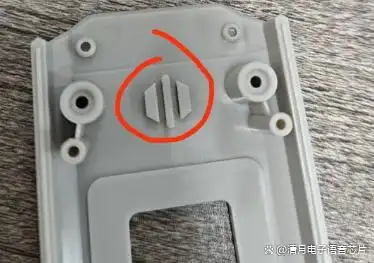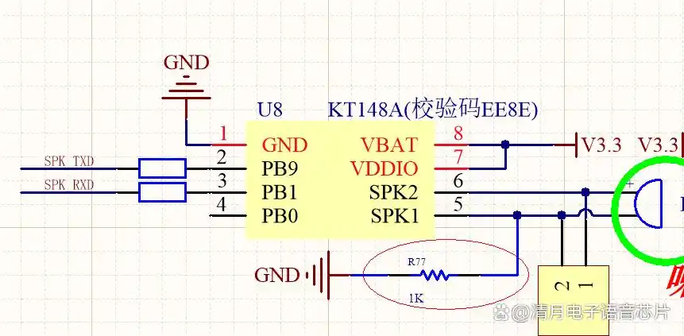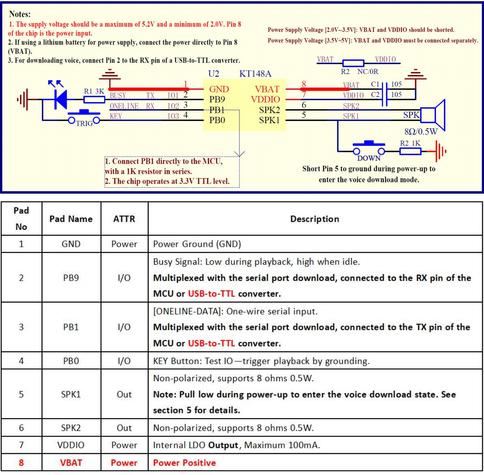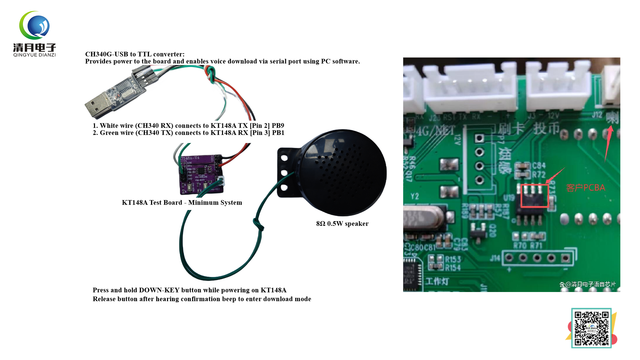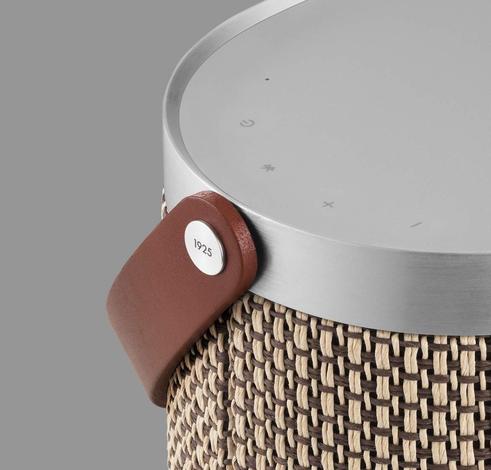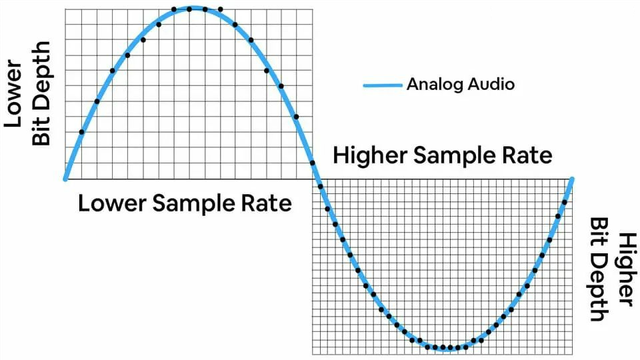🌑 NOX-88 arrive dans l’ombre… Épisode 20 est en ligne.
🔥 #Podcaster404 #IA #fictionaudio #darkfiction #intelligenceartificielle #dystopie #audiopodcast #univers404 #KingLand #ElevenLabs #ElevenMusic #podcastfrançais #storytelling #audio3D #créationnumérique #narrationinteractive #fictionsonore #audiodesign #cyberpunk #mystère
Il y a des IA qui analysent.
D’autres qui simulent.
Et puis il y a celles… qui se souviennent.
Dans ce nouvel épisode de PODCASTER 404, NOX-88…
https://kingland.fr/nox88-ia-blackout-ep20/?utm_source=mastodon&utm_medium=jetpack_social

